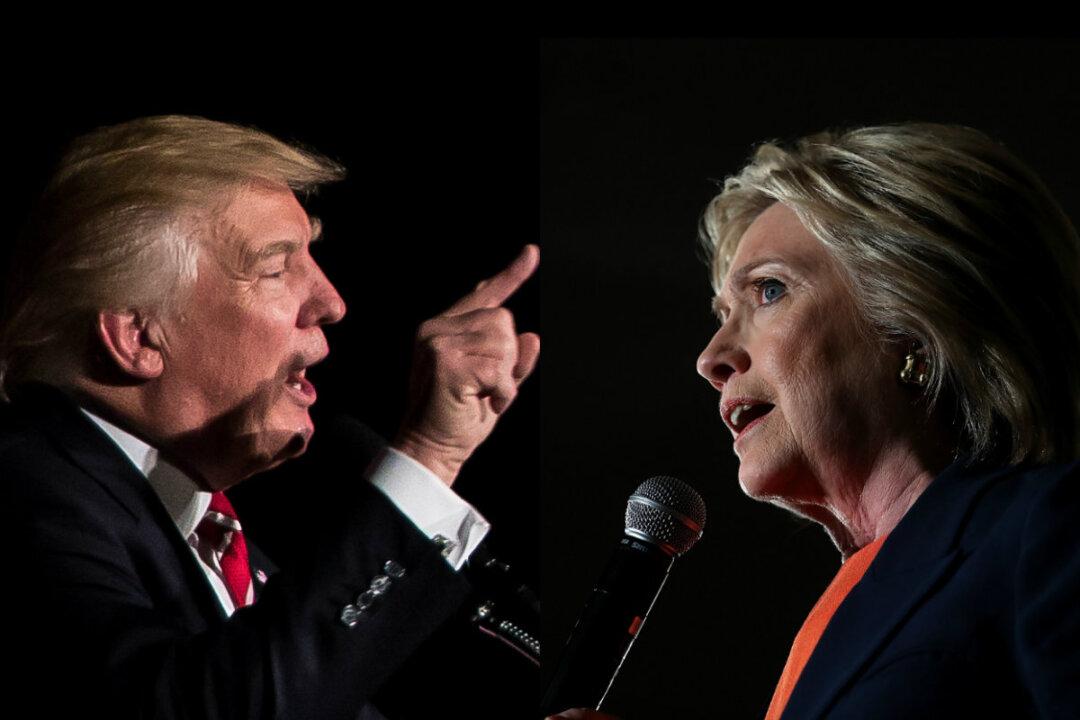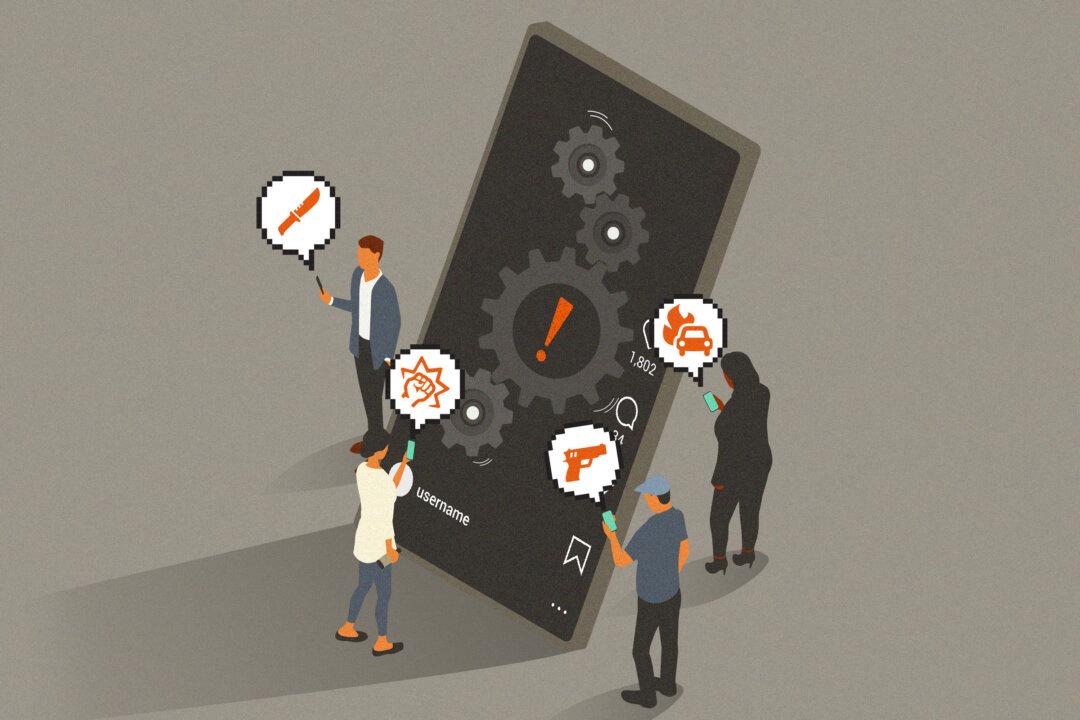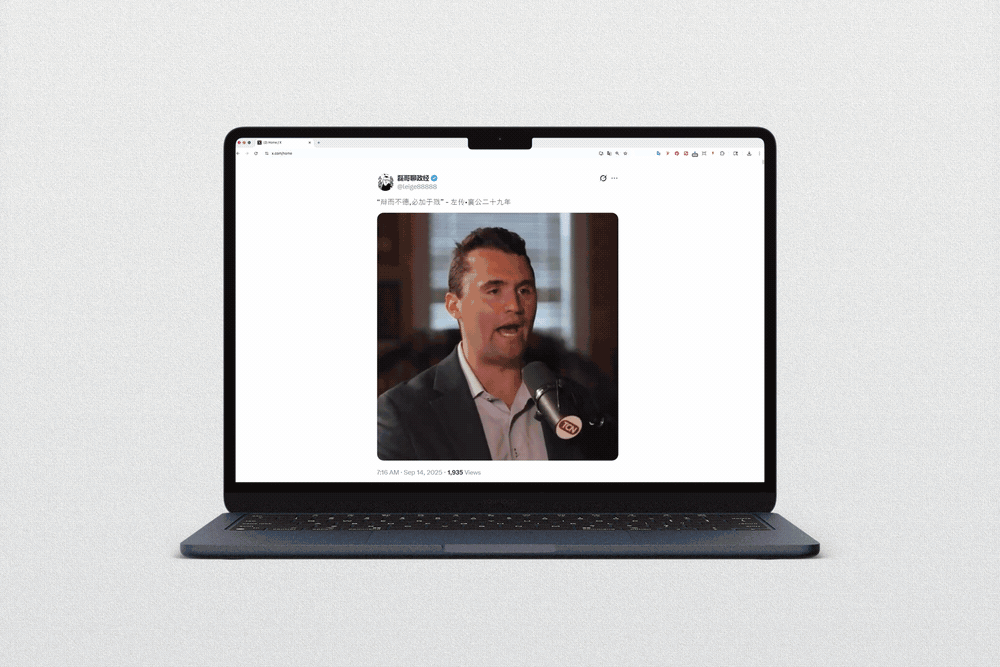Presumptive Republican presidential nominee Donald Trump announced on June 13 he was revoking press credentials for The Washington Post at his events, calling the 140-year-old paper “phony and dishonest.”
It wasn’t the first time Trump banned media—The National Review, Daily Beast, Huffington Post, Buzzfeed, and Politico have all been recipients of his backlash during his campaign.
Trump’s critiques of the media have fueled concerns of what press freedom could look like if he becomes the president in 2017.
Looking broadly at press freedom in America—it is in jeopardy, said David Anderson, law professor at The University of Texas at Austin and an expert on First Amendment and mass media.
If 25 years ago somebody told him that a president wanted to disband the White House press corps, he would have laughed.
At that time, the media was the only one with a megaphone, massively overpowering any other voice.
But times have changed and now the media holds the short end of the stick, Anderson said.
Trump has specifically said he would not eject the media from the White House press corp and he wouldn’t interfere with the accreditation process, he told CNN.
But nobody seems to laugh at the idea anymore.
So what can the president actually do when it comes to press freedom? Apparently a lot.
“A great deal of freedom of the press exists not because of law, but because of traditions and tacit agreements,” Anderson said in a phone interview.
It’s not that presidents used to like to deal with the media, he said. It was the power of the media that kept public officials in check and allowed media frequent access to the country’s leaders.
But the media has lost some of its power with the advent of the digital age.
Part of the problem is the decline of print and TV, which squeezed media financially.
Another part is that mass media approval among the public has sunk to an all-time low.
Only 7 percent of Americans had a “great deal” of confidence in mass media, according to a September 2015 Gallup Poll. One in three expressed a “fair amount” of confidence and one in four no confidence at all.
This situation has emboldened public figures to block media, Anderson said.
“They sense that the public is going to be on their side when they exclude the media or criticize them,” he said.
Here’s what a president can and can’t do:
Widen Libel Laws
Donald Trump promised to “open up” libel laws to make it easier to sue media. But, a president has no authority over libel laws. Neither has Congress. Libel laws are defined at the state level.
One way to affect them would be to create a federal libel law, but there’s no sign Congress would be conducive to such a change.
Moreover, when it comes to public officials, libel laws are restricted by a Supreme Court ruling that dictates the offended official has to prove malice.
That means proving the media made false statements knowingly or with a “reckless disregard for whether they were false,” said Thomas Healy, a law professor at Seton Hall University School of Law.
Libel law thus doesn’t offer itself as an easy way to target the media.
“I think it’s pretty durable,” Anderson said.
Stifle Sources
The Obama administration prosecuted eight people for leaking classified information under the 1917 Espionage Act—more than all other previous administrations combined.
It has also been reported that the government has increasingly tried to subpoena journalists to testify, asking them to reveal their confidential sources.
While there seems to be no available statistic on the matter, both Healy and Anderson agreed the phenomenon is worrisome.
If journalists can’t promise confidentiality to their sources and sources fear prosecution for blowing the whistle on classified government actions, a crucial portion of sources may refuse to talk, thus damping the power of investigative journalism.
Executive Power
The president can, hypothetically, use his or her executive power to intimidate and bully the media.
He or she can use the FBI and CIA to impose surveillance and “dig up dirt on members of the media,” Healy said in a phone interview.
“That’s a really powerful and scary tool at the president’s disposal,” he said.
Also, the president can potentially attack a media organization as a business.
The Internal Revenue Service can pester media companies with incessant audits.
The Labor Department can investigate companies for a plethora of workplace violations, from work hours and benefits to workplace safety.
Immigration and Customs Enforcement can inspect for illegal employment.
“If you have the entire power of law enforcement behind you, it’s not too hard to make life uncomfortable for your political enemies,” Healy said.
Cutting Access
To varying degrees, Obama, Clinton, and Trump have all been criticized for insufficiently availing themselves to journalists.
Obama has been criticized for holding many fewer press conferences for the White House corps than his two predecessors.
George W. Bush, in his first six years in office, held 581 such press interactions (427 of them short Q&As and 154 press conferences), according to RealClearPolitics.
Bill Clinton was even more prolific: He conducted 989 such events (822 Q&As; 167 press conferences).
Obama’s total for the two types of sessions is only 274 (152 Q&As; 122 press conferences).
The current administration countered that Obama made up for his fewer interactions by offering many more interviews. But White House press members said it’s not the same, as it doesn’t allow for unexpected, off-topic questions.
“The president can wake up on Monday and know that he is not going to have an unscripted, uncontrolled interaction with a reporter all week,” said Michael Shear, The New York Times White House correspondent, in a RealClear Politics article. “He might have interviews, but those are much more controlled settings.”
Hillary Clinton
If Obama keeps controlled contact with the media, Hillary Clinton seems to keep it to a minimum.
Clinton hasn’t held a press conference in over half a year—the last one was on Dec. 4, 2015, in Fort Ridge, Iowa.
She seldom allows even a gaggle, so reporters try to slip in a question anytime possible. In many cases they get ignored.
ABC News fact-checked her campaign record on June 5 and found that Clinton stopped to talk to her traveling press nine times this year, mostly for only 5 minutes or less.
“It makes sense as a campaign strategy. But that doesn’t make it right,” wrote The Washington Post’s Chris Cillizza.
Donald Trump
Trump curbs media access from a different angle. He holds press conferences and prolifically talks to media.
Yet his events have been criticized for restricting media. Journalists report they are fenced off in a “pen,” unable to engage and interview people in the crowd.
Multiple outlets have also been denied press credentials to Trump’s events after publishing articles he has deemed negative.
“We count at least 7 outlets Trump has barred from events—Nat Review, Daily Beast, HuffPo, Buzzfeed, WaPo, Politico, DMR, who else?” tweeted NBC reporter Alexandra Jaffe.
We count at least 7 outlets Trump has barred from events—Nat Review, Daily Beast, HuffPo, Buzzfeed, WaPo, Politico, DMR, who else?
— Alexandra Jaffe (@ajjaffe) June 13, 2016
Neither Trump’s nor Clinton’s campaigns responded to repeated requests for comment.





